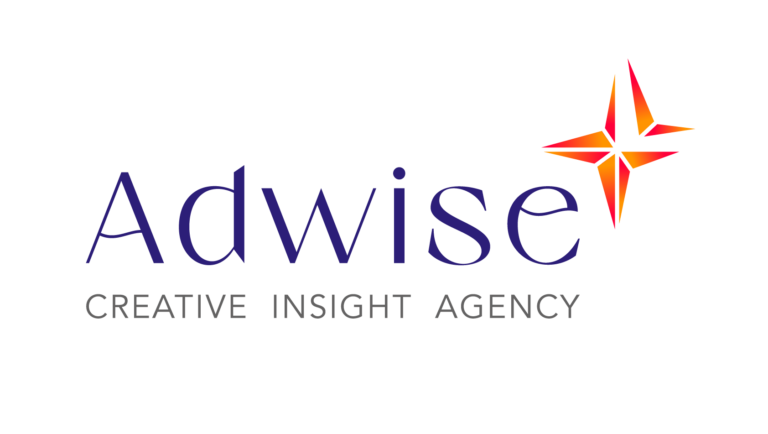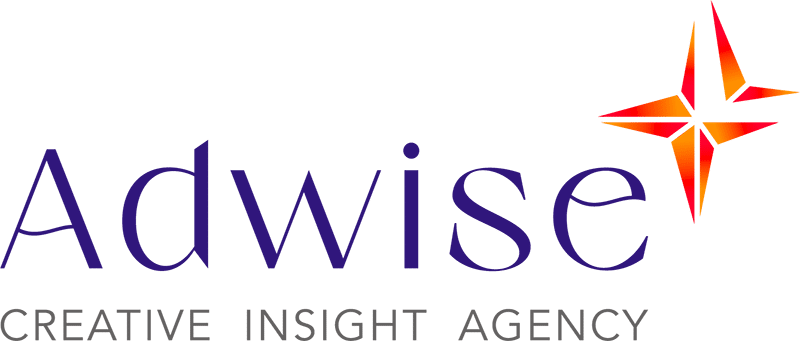It is often said that surveying professionals is very difficult. Quantitative research in B2B has its own particularities when compared to quantitative research in B2C. The targets are more complex (companies in B2B, consumers in B2C) and adaptations must be made to take these differences into account. In this article, Magali Chareyron, Director of Research and Development at Adwise, explains the methodical process for conducting successful B2B quantitative research.
What are the differences between B2B and B2C?
There is a difference in the way we approach business and consumer targets in marketing research.
Even if the issues in B2B can be similar to those in B2C (concept testing, exploratory, UX testing, …), the context is often much more specialized than what we are used to see in B2C: it is therefore necessary, in the briefing phase, to fully immerse ourselves in our client’s business, to understand all the stakeholders, to carry out research on the internet and social networks and sometimes even to conduct some expert interviews to better understand the subject, the technical terms used and the context of the market studied.
Has the methodology for soliciting B2B experts changed ?
While quantitative research with the general public is now mostly done online, in B2B we prefer to use the telephone, or the telephone-web combination, or online in cases where professionals need to react to visual or audio stimuli.
There are still very few contact databases of professionals accessible by e-mail, even if they tend to develop more and more today.
Moreover, if social networks allow an efficient targeting of certain professions, the “promised” sample sizes are often insufficient.
Given the sometimes restricted bases, a strong B2B know-how is required. Professionals, by nature, are very busy, and must be solicited at the right times, i.e. on certain days – avoiding Mondays, for example, which are known to be full of meetings – and at certain times: early in the morning or late in the day.
To be able to interview professionals, it is often necessary to make an appointment by phone and then confirm by e-mail.
The questionnaire should be straightforward, with short and clear question wordings. The tone and vocabulary must be adapted so that the questionnaire is as fluid as possible. A pilot of a dozen interviews should be conducted before launching the full-scale study to ensure that the questions are well understood.
What are the latest Adwise B2B studies?
We have just completed three studies with professionals.
The first was a post-test of an advertising campaign, conducted with 220 executives and HR managers from commercial companies and government agencies, the second was a usage study with 400 doctors and nurses and the last was a concept test of a new service conducted with 250 notaries. Our terraina team succeeded in these difficult fields in a short time frame.
Why did you succeed in these studies?
The success is due above all to the quality of the exchanges we had with our clients on their market, the problems … The ability to immerse ourselves in their business with all the research and curiosity that this implies; but also the quality of the telephone collection platform that allows us to guarantee a sample. The ability to answer all the questions that our clients ask themselves, while optimizing the duration of the questionnaire.
Our experience as a research and consulting firm shows us that quantitative studies in B2B present particularities and require know-how and a methodology adapted to this context. Testing a concept, adjusting an innovation strategy or collecting opinions on a campaign through a reliable and quality quantitative study requires specific know-how in the hybridization of methodologies to collect data and exploit the respondents’ committed insights. For the past 20 years, we have been offering tailor-made expertise to meet the objectives and challenges identified in the projects entrusted to us by our clients.




